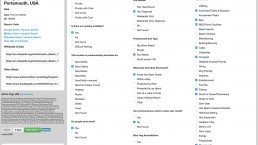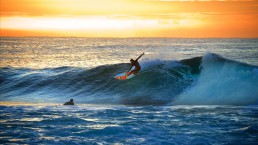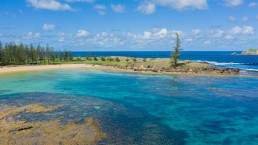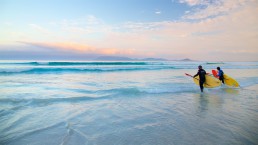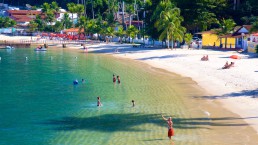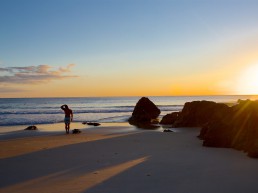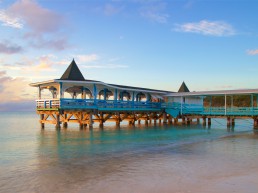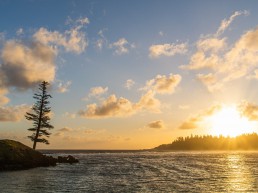Travellers have tens of thousands of beaches to choose from, but not all the world’s beaches are equal.
The Challenge
Is a beach tropical? Is it swimmable year around? Is it safe? These are some of the many questions Expedia’s customers wanted answers to, however, there was no accessible data available on a global scale to answer them.
Our Approach
Phase 1: Creating a tagset for a beach
We knew we could supply some useful data for a select list of popular beaches from previous tagging projects, but that was where the data trail ended. So, we prepared our custom tagging team to scour the globe in search of the required metadata.
An initial scoping and testing process lasted several weeks. We tested the ease and time required to collect critical data for a range of test beaches. This process identified which data was too time intensive to research, as well as discovering data that was easily available at scale that hadn’t previously been considered. Early on in the Beach Tagging Project, we discovered that it would be efficient to tag additional information about the nearby geography and infrastructure, such as restaurants, walking paths and bars. This easy win added value to the actual beach tagging data even though it lay outside the original scope.
Phase 2: Building meaningful information surrounding the beach
Our taggers almost exclusively capture actual data points rather than free-form text to make the data as useful as possible. Once the data to be collected was identified, our UX team designed a tagging interface to group and collect the individual tags.
After training, our global team of 12 taggers got to work, collecting data points for each beach. These data points included sand colour, suitability for families, and the types of dangers present. While our tagging team has significant experience, multiple phases of quality control are embedded into each project, and if a location proved particularly ambiguous or difficult to research, team leaders provided assistance.
Results & Application
By the end of the project, the team had collected data on every beach in the database. The team’s extensive research and attention to detail has resulted in an extensive data set which is now integrated into automated content on scale.
For beach-loving travellers, Expedia now provides a more meaningful and useful experience. Besides customers being able to find the best beaches to best match their needs, they are alerted to dangers such as the presence of poisonous jellyfish, dangerous water conditions such as rips, as well rocks and other hidden nasties.

